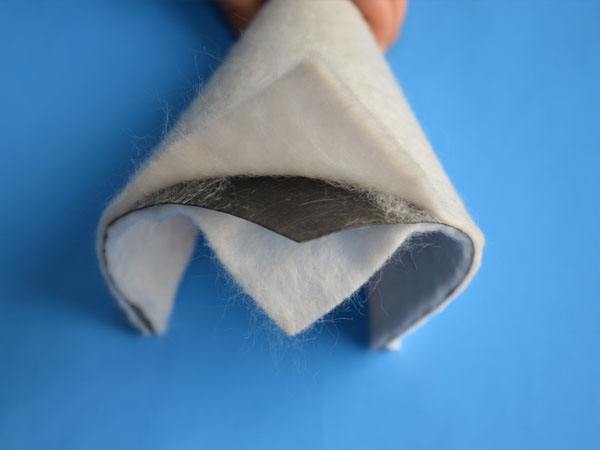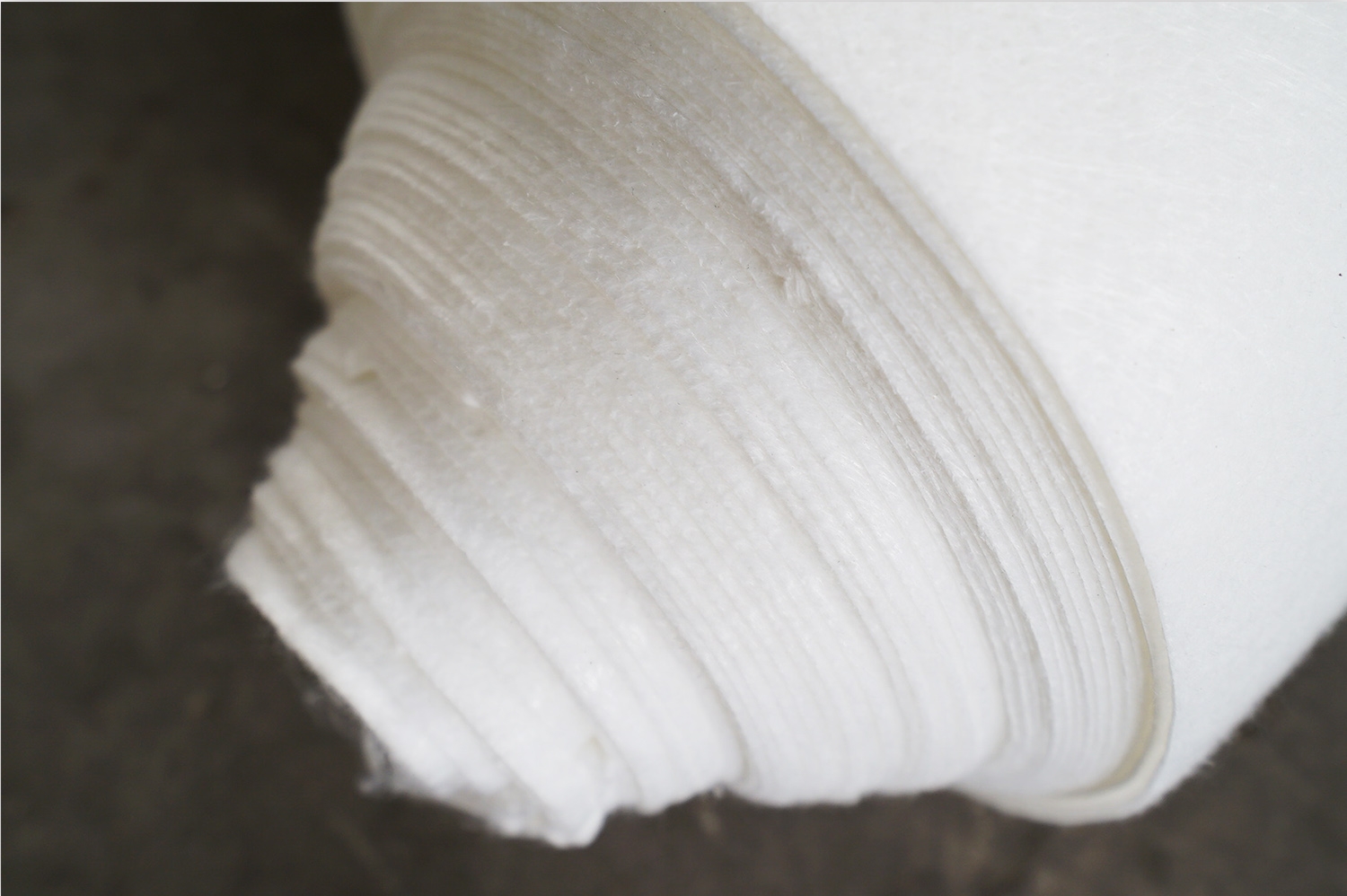 Back to List
Back to List
1. Composite geomembrane
Composite geomembrane is an impermeable material made of geotextile and geomembrane. It is mainly used in anti-seepage engineering. The composite geomembrane is divided into one layer of cloth, one layer of film and two layers of cloth, one layer of film. Its width is 4-6m and its weight is 200-1500g/m2.
Its physical and mechanical properties (such as stretching, tearing and breaking) are very high. And composite geomembrane can meet the needs of civil engineering, for example, water conservancy, municipal, construction, transportation, subway, tunnel, etc.
Composite geomembrane can be used in unconventional temperature environments, because polymer materials are selected and anti-aging agents are added during the production process.

2. Geotextile
Geotextile, also called geotextile. It is a permeable geosynthetic material made of synthetic fibers by needle punching or weaving.
Geotextile is one of the new geosynthetics, and its finished product is cloth-like. Its general width is 4-6 meters, and its length is 50-100 meters.
Geotextiles are divided into spun geotextiles and non-woven geotextiles. Among them, non-woven geotextiles can be divided into short fiber non-woven geotextiles and filament non-woven geotextiles.
Geotextiles are widely used in geotechnical engineering, such as water conservancy, electric power, mining, roads and railways.

3. Similarities and differences
Composite geomembrane and geotextile have the functions of filtration, drainage, isolation, reinforcement and protection. But the composite geomembrane has a membrane structure. So it also has anti-seepage function. This is not available in geotextiles.